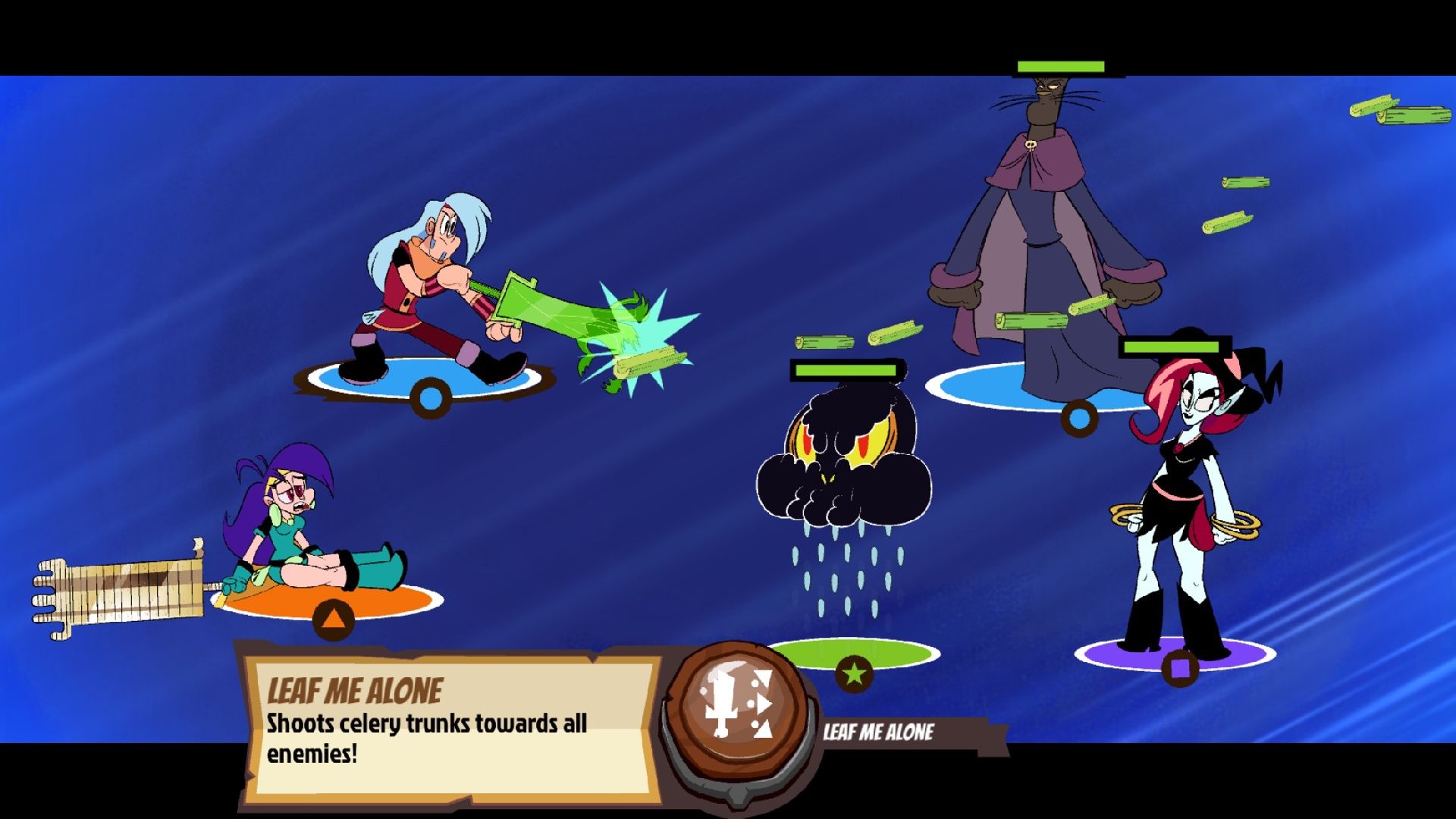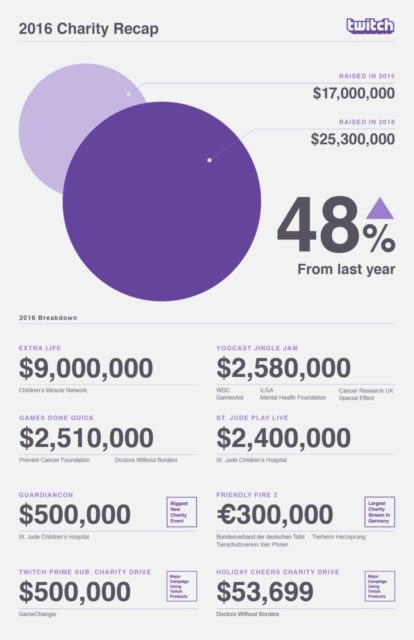Power Rangers, the immensely popular martial arts kids’ TV franchise, will be hitting theaters on March 24 with an all-new movie, but its roots go back almost 24 years. It started in 1993 with the debut of the Mighty Morphin Power Rangers television show, featuring brightly-costumed heroes battling against threats from across galaxies and dimensions. Multiple spin-off shows have shown since then, with different Rangers, abilities and personalities. All of them, and the history they represent, will be captured in the upcoming mobile game, Power Rangers: Legacy Wars.
In essence, Legacy Wars is a brawler where players select from a roster of both Rangers and recognizable villains from the franchise to battle it out in short matches. To promote both the game and movie, Ludi Lin, who plays the Black Ranger in the Power Rangers movie and Jason David Frank (the Green and White Ranger from the original Mighty Morphin Power Rangers) took each other on at the Unity Keynote event from GDC 2017 in San Francisco, California. The short battle between the two represented a cross between generations, mediums and characters that fully embodies the spirit of the game. As an added promotion, attendees were treated to a free ticket to see the movie.
Steve Kuroki, creative director at nWay, talks to [a]listdaily about the upcoming brawling game for mobile devices, Power Rangers: Legacy Wars, which is being developed in partnership with Lionsgate and Power Rangers creator, Haim Saban (Saban Brand CEO) to coincide with the release of the upcoming movie.
“The gameplay is about collecting Rangers and villains, making teams of three to use against another player’s team,” explained Kuroki. nWay started with a Facebook game called ChronoBlade and moved to the Asian market when the social platform changed some of its gaming policies. ChronoBlade was turned into a mobile game and its competitive element was shown to Lionsgate and Saban, and they agreed to apply the Power Rangers brand on top of the fast-paced gameplay.

“The game is based around the movie,” said Kuroki, “but we have a special opportunity, working with Saban, to use every Ranger and villain from their universe. This is the first of its kind. They’ve never allowed Rangers and villains to team up, let alone have Rangers fight against each other.” However, Saban was impressed enough with the fighting engine and the multitude of Ranger mashup videos on YouTube to allow nWay this level of flexibility with the brand.
“Each one of those Rangers and villains have unique attacks,” said Kuroki while demonstrating the gameplay. “Nothing is shared except for their core animations.” This approach is sure to please fans of the show, who have favorite characters from specific shows. Players improve their characters by winning matches and earning in-game currency, and new characters are unlocked as they progress.
So, how do the new Rangers stack up against the classic ones? “We wanted to make sure the movie characters were strong, since the game is basically based on them,” said Kuroki. “But if we created Rangers and villains and put the strongest ones later, that would create an imbalance. We wanted it to be fair, so we think of them as being on equal footing as much as possible. When we think about rarity for fighters, we think about how technical those fighters become. We think about the mechanics to create value within some of the later warriors.”
Power Rangers: Legacy Wars will feature all the Rangers and characters from the movie in addition to having fighting locations inspired by the film. Kuroki also said that there is a way to feature certain warriors. “We’re hoping that the movie does well and that there will be many more to come,” he said. If so, then nWay can add them into Legacy Wars ahead of time to give fans a preview of what to expect. However, seeing the Rangers in full costume is just one part of the fun. The other half is in watching the actors play teenage students who are discovering their powers. So, do we ever see any of these Rangers without their helmets?
“We intentionally left all of the helmets on all of the movie Rangers,” said Kuroki. “Because there’s no facial animation, we didn’t want to have a lot of straight human faces on there. So, keeping the helmets eliminates that issue. Rita is based off the actress from the movie, and we’ve been going back-and-forth on how to design her. We decided to pull back a little bit so that it’s not really Elizabeth Banks’ likeness, but that could change closer to the movie release. When I was training Ludi on how to play the game, he wanted the helmets off–he wanted to see himself. So, that’s something that we’re considering and it could potentially be a feature later on.”
When asked for his thoughts about what kept the Power Rangers brand so strong after two decades, Kuroki said, “It’s a formula. You kind of get a sense of how the television show stories are going to unwind themselves. It’s also in the different Ranger costume upgrades, which keeps things fresh, and they’ve improved the visual effects along the way, and that gets folded in with the action. I think that as we get older, some of us will fall away from watching it, but there’s always that new generation.”
Perhaps the real power behind Power Rangers is that it spans generations, so watching the movie becomes a family event. “When I talk to my friends who have kids, they’re totally into the movie. I think it’s going to be good when the movie comes out because families are going to go and spark with that interest in Power Rangers again. Having the shows on Netflix is good timing, too. We’re watching them all to design some of these attacks.”
We asked Kuroki what type of audience the game was targeting. Was nWay playing up the nostalgia factor to attract old fans or was it focused on current and new ones? “It’s probably a cop-out to say, but we want to get as many players as possible. Our goal at nWay is to make a really good game first, so we’ve designed a fresh take on the fighting game. Mobile game players will be into Legacy Wars because it has some familiar mechanics, and competitive players will hopefully enjoy what we’ve created.”
nWay has been working with Lionsgate and Saban Brands to promote the game across their respective social channels. The company also plans to have streamers play the game to help further spread the word. “We’re slowly rolling out information, but the Unity Keynote was our big splash,” said Kuroki. Power Rangers: Legacy Wars launches on March 23, which is one day before the movie hits theaters.


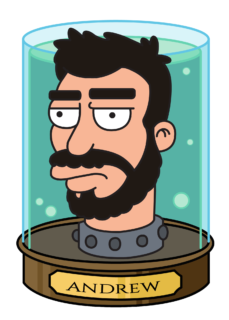
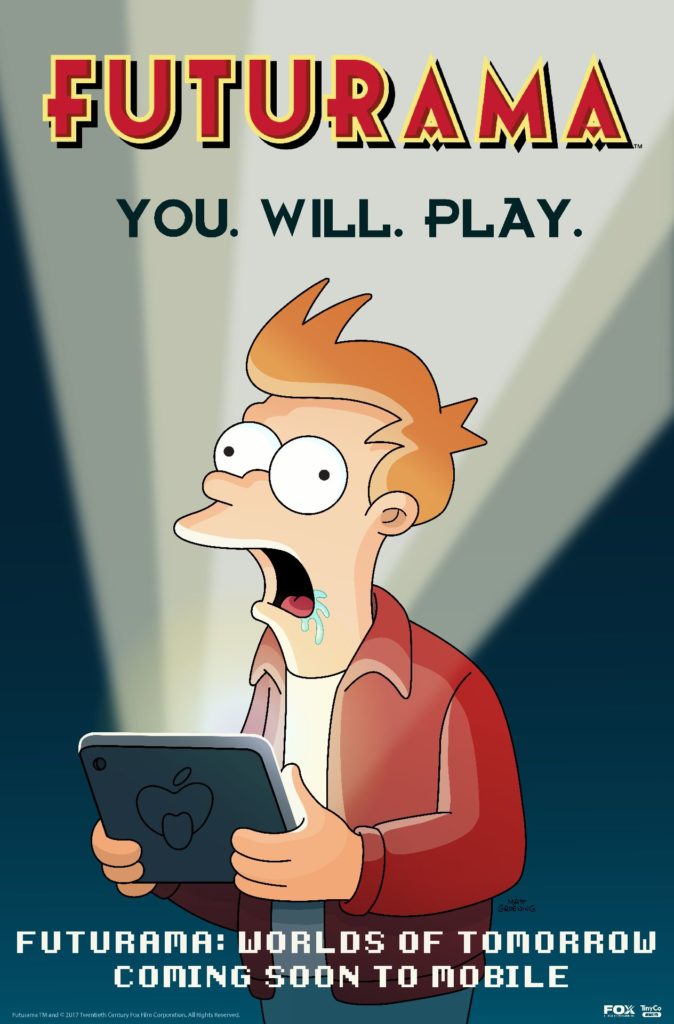

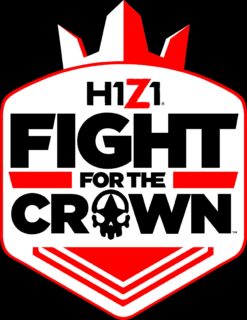 Have you been dropping hints about the series before the announcement?
Have you been dropping hints about the series before the announcement?
